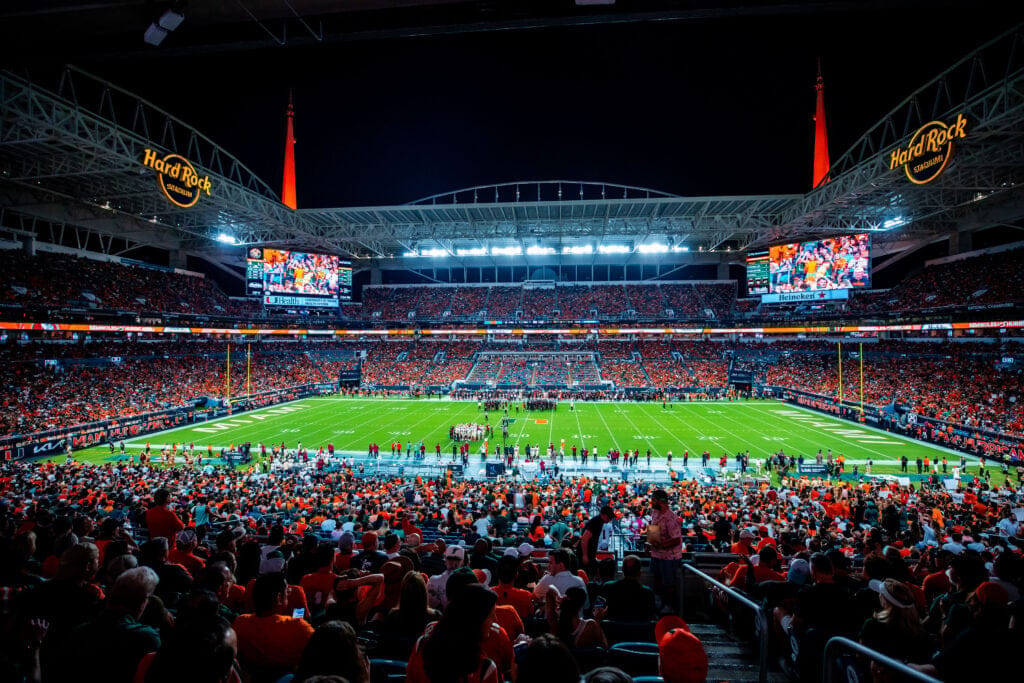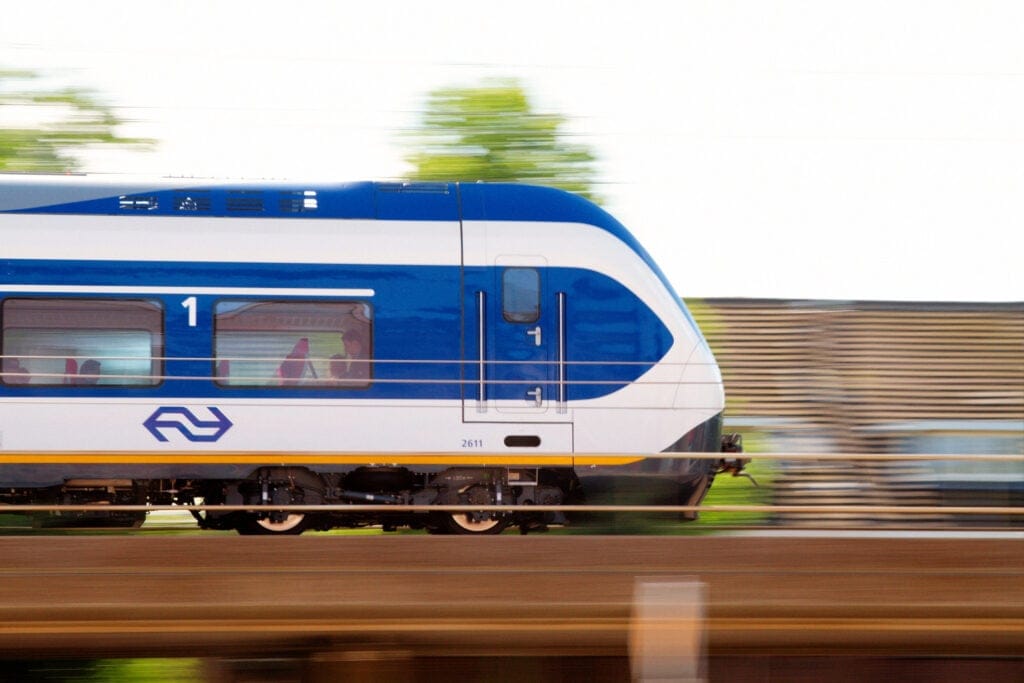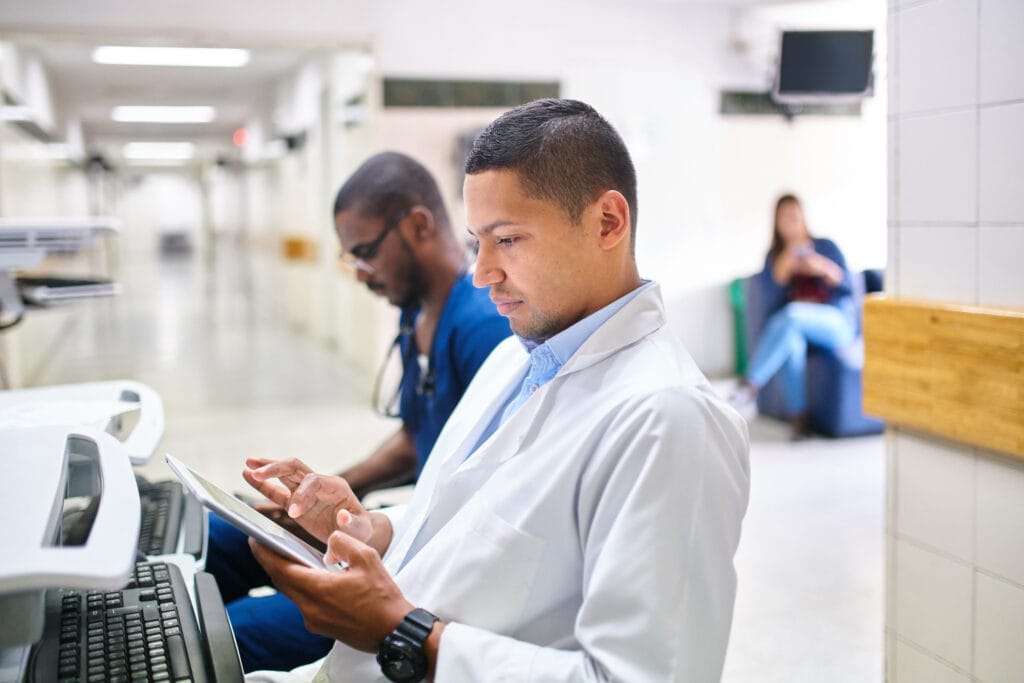Case study: WMATA meets its goals by giving paratransit riders more choices
March 27, 2023 / Global
Tapping into TNCs to serve paratransit
The US population is rapidly aging and living longer. In fact, by 2060, the US Census Bureau says, almost 1 in 4 Americans will be 65 or older, the number of people over age 85 will triple, and the country will add half a million centenarians. At the same time, paratransit demand continues to grow and costs keep rising—to now well over $5 billion nationwide. All this will surely test already-strained public transportation systems. To address shifting demographics, transportation providers must be proactive about modernizing their paratransit service delivery models.
The Washington Metropolitan Area Transit Authority (WMATA) is meeting this challenge by embracing new technology options, partnering with transportation network companies (TNCs), and offering its paratransit customers more choices to ride. In the process, WMATA has been able to serve more customers, contain operational costs, and increase customer satisfaction.
Agency goals
- Improve flexibility, service reliability, and customer satisfaction
- Enhance on-time performance and efficiency
- Contain operational costs and maintain fiscal responsibility
Overview
MetroAccess is WMATA’s Americans with Disabilities Act (ADA) paratransit service. Abilities-Ride is its Rider’s Choice program that offers customers the option to have their MetroAccess trips moved to a publicly available alternative, such as rides with Uber or local taxis. Currently, the Uber platform helps facilitate about 800 Abilities-Ride trips every weekday—about 10% of the program’s daily total.
Because Uber and local transportation providers use their existing network to serve Abilities-Ride customers and the general public, they can serve more riders at a much lower cost per trip than WMATA’s fixed supply of dedicated agency vehicles. If a customer’s trip is moved to an alternative provider, it’s a win-win: the rider gets a discounted trip (currently, it’s free for the rider) and the agency can better meet its on-time performance goals.
The agency experience
Each night, WMATA’s paratransit scheduling system batches trips for next-day service. The agency’s custom application then randomly selects about 10% to 15% of those trips to send to the Uber platform and other alternative providers.
To comply with the Rider’s Choice exception in the Federal Transit Administration (FTA) Drug and Alcohol Testing regulations, MetroAccess designed a custom Visual Basic for Applications (VBA) interface that randomly decides which trips to move from dedicated agency vehicles to alternatives. The VBA interface selects trips based on four criteria: total number of trips to move, pickup times, trip lengths, and origin of the trips.
WMATA staff can adjust the measures for each criteria daily depending on the volume of trips on that day’s schedule, special events affecting parts of the service area, weather, and a host of other variables. And dispatchers can mitigate scheduling issues that occur throughout the day by using Central, an Uber dashboard for requesting rides. The Central dashboard lets WMATA move a trip from a dedicated agency vehicle to a ride with Uber in real-time.
The rider experience
Ambulatory customers who would like some of their trips fulfilled by a complementary service provider like drivers on the Uber platform must enroll in Abilities-Ride. The enrollment form asks questions such as “In addition to taxicabs, would you accept trips in private vehicles through services like Uber and Via?” and “Do you need a vehicle with a ramp or lift for some or all of your trips?” Once enrolled, riders continue to book their trips as usual, by calling MetroAccess at least one day in advance.
When an eligible customer’s trip is selected to be fulfilled using the Uber platform, the customer receives a text with a link to tap to request their Uber trip when they’re ready to travel. Riders do not need to have the Uber app installed on their phone; they can request the trip and receive real-time trip information through a browser on their phone. If a customer has the Uber app installed on their phone, they can follow the status of the trip within the Uber app and access more rich features.

Snapshot from WMATA’s Abilities-Ride online enrollment form
Providing benefits for all
While not all MetroAccess customers choose to opt into the Abilities-Ride program, all MetroAccess customers can benefit from its existence. The reason? By moving some trips to alternative providers, dedicated agency vehicles can be used more effectively to serve riders who truly need them.
Many agencies face a no-show rate of 10% to 15%. By selecting the “flexible trip” option when assigning trips to Uber, the agency puts the rider in control of when to request their trip. And if a trip is not requested, the agency is not charged, reducing the cost of no-shows.

This approach helps improve overall program performance in a number of ways: WMATA’s core paratransit service stays on time as the day progresses; management is more selective in using recovery routes; limited pressure is created by routes that need to end early; and WMATA can close routes that are no longer needed on a particular day.
There are no overhead costs associated with the Uber partnership; WMATA is responsible for only the cost of completed trips, which gives the agency more flexibility to address daily fluctuations in service needs. At an average per-trip cost of less than $30, trips diverted to the Uber platform are delivered at a much lower cost per trip compared with those serviced by dedicated agency vehicles. And because WMATA can use alternative providers at a moment’s notice, partnering with these providers offers much-needed relief to its constrained fleet of dedicated agency vehicles and the drivers who operate them.
How it started
The Abilities-Ride program began in 2017 as a pilot with 2 local taxi companies supporting a section of MetroAccess’ service area. By 2019, the pilot grew to a full-time program covering WMATA’s entire paratransit service area, supported by several alternatives like Uber.
“The idea for Abilities-Ride grew out of a need to feasibly address WMATA’s growing paratransit rider base and demand for service, as well as increasing contractor cost. Faced with these challenges, WMATA launched Abilities-Ride.” —Christiaan Blake, Managing Director, MetroAccess
How it’s going
WMATA started small with Uber, using its platform only for same-day rescue rides to manage service disruptions and ensure that no rider was left behind. Eventually, the agency became comfortable requesting hundreds of eligible trips with Uber in bulk and scheduling the trips the night before.
“The Abilities-Ride program with Uber has been a tremendous success, and customers love the service,” says Christiaan Blake, Managing Director of MetroAccess. He added that the FTA reviewed the program during WMATA’s most recent Triennial Review and found Abilities-Ride to be an acceptable alternative to MetroAccess service. This review is one way the FTA evaluates grant recipient performance and adherence to current FTA requirements and policies.
By the numbers
Agency stats*
- MetroAccess trips delivered: 118,743
- Average Abilities-Ride monthly trips on Uber: 19,400
- Active monthly riders on Uber: 2,800+
- Average trip distance on Uber: 10.1 miles
- Average trip cost on Uber: $26.43
Service area
- 1,500 square miles (entire MetroAccess service area)
Rider fare
- $0, fully subsidized by WMATA
Advice to other transit agencies
Change can be a difficult process for both the agency and the rider, even if there’s a pressing need and a desire. For many agencies that are still on the fence about launching a Rider’s Choice program with alternative providers like TNCs alongside their core paratransit service, we recommend taking a tactical approach: define a specific problem and identify how a specific partner can provide a solution that addresses the problem.
WMATA did not overhaul its existing paratransit program overnight but incrementally improved paratransit delivery by increasing the use of alternatives over several years. As riders became more comfortable with the new alternatives, so did the agency.
Conclusion
Through its Abilities-Ride program, WMATA provides paratransit customers with more options to live independently while keeping rising agency costs in check. As our population ages, the need for paratransit services often increases. Engaging with alternative providers such as Uber frees up much-needed capacity for MetroAccess, the agency’s core paratransit service. While Rider’s Choice programs have existed for decades, the success of WMATA’s program highlights how adding TNCs to the mix is a game changer for paratransit service resilience, reliability, and customer experience.
*October 1 – 31, 2022
More information
If you are a mobility manager interested in harnessing Uber’s technology please visit uber.com/transit for more information.
Posted by Uber Transit
Get a ride when you need one
Start earning in your city
Get a ride when you need one
Start earning in your city
Related articles
Most popular

How Uber Eats fuels the University of Miami Hurricanes off the field

How Uber Uses Ray® to Optimize the Rides Business

MySQL At Uber




